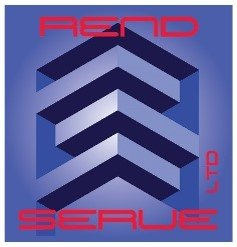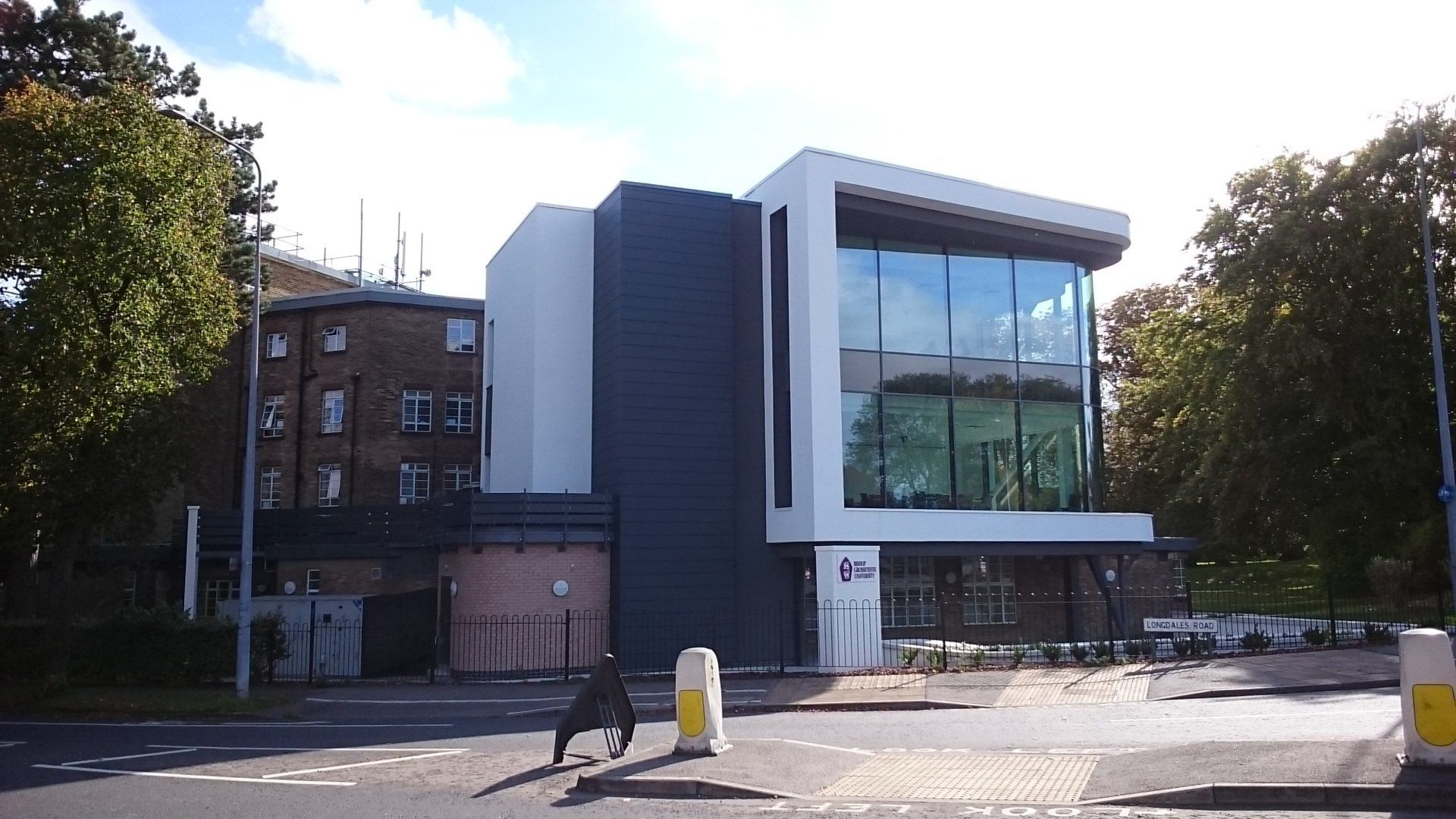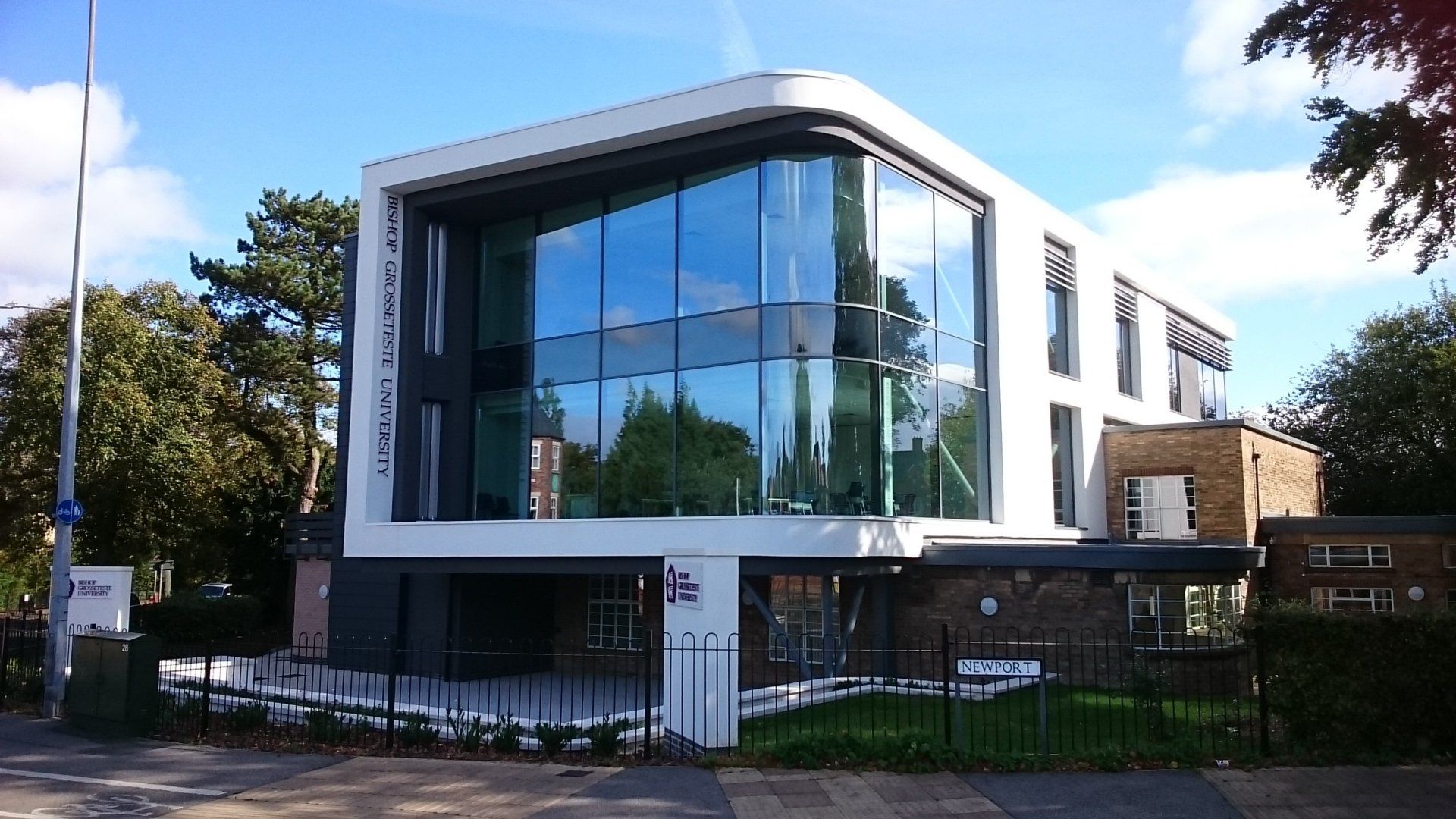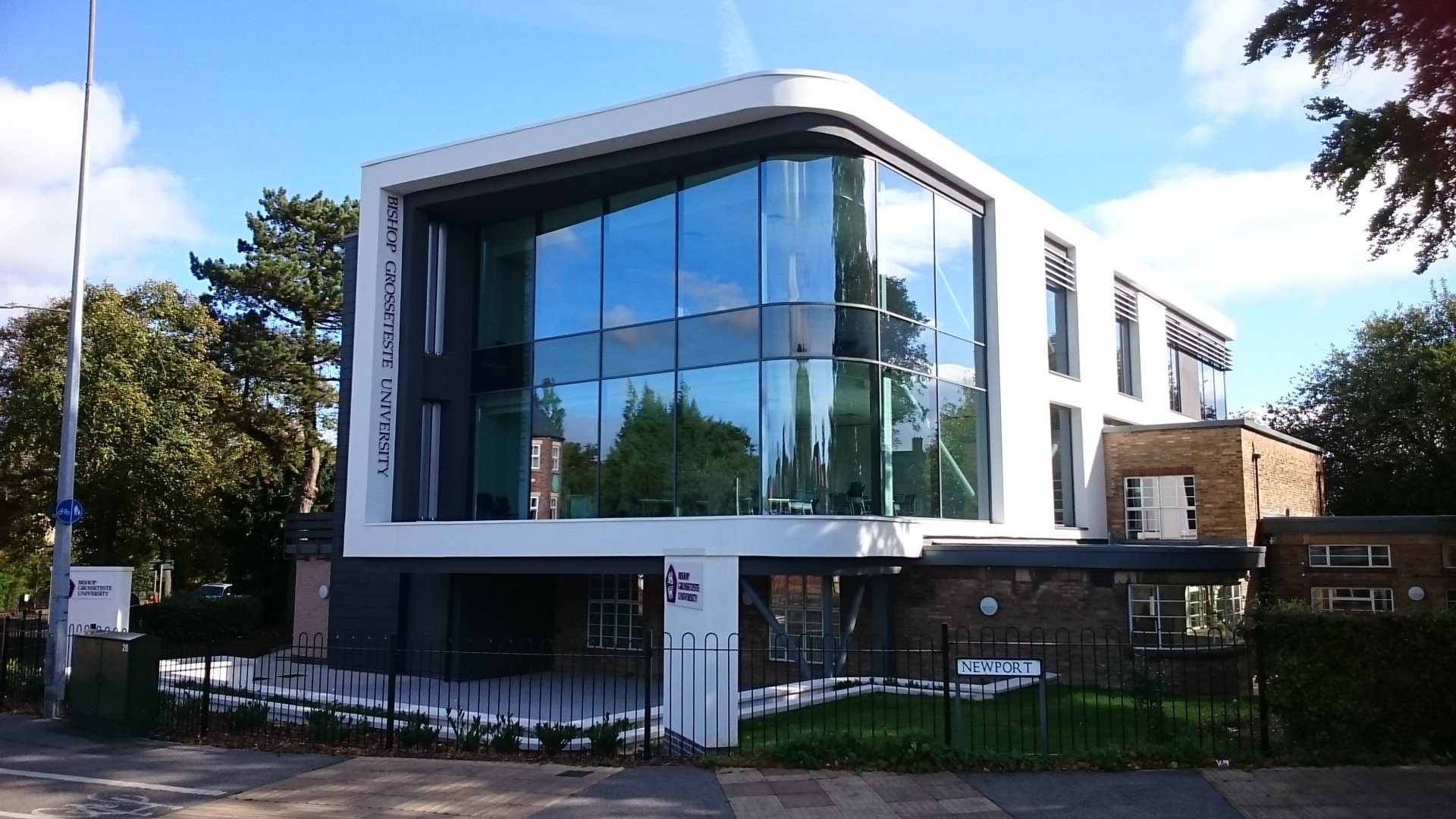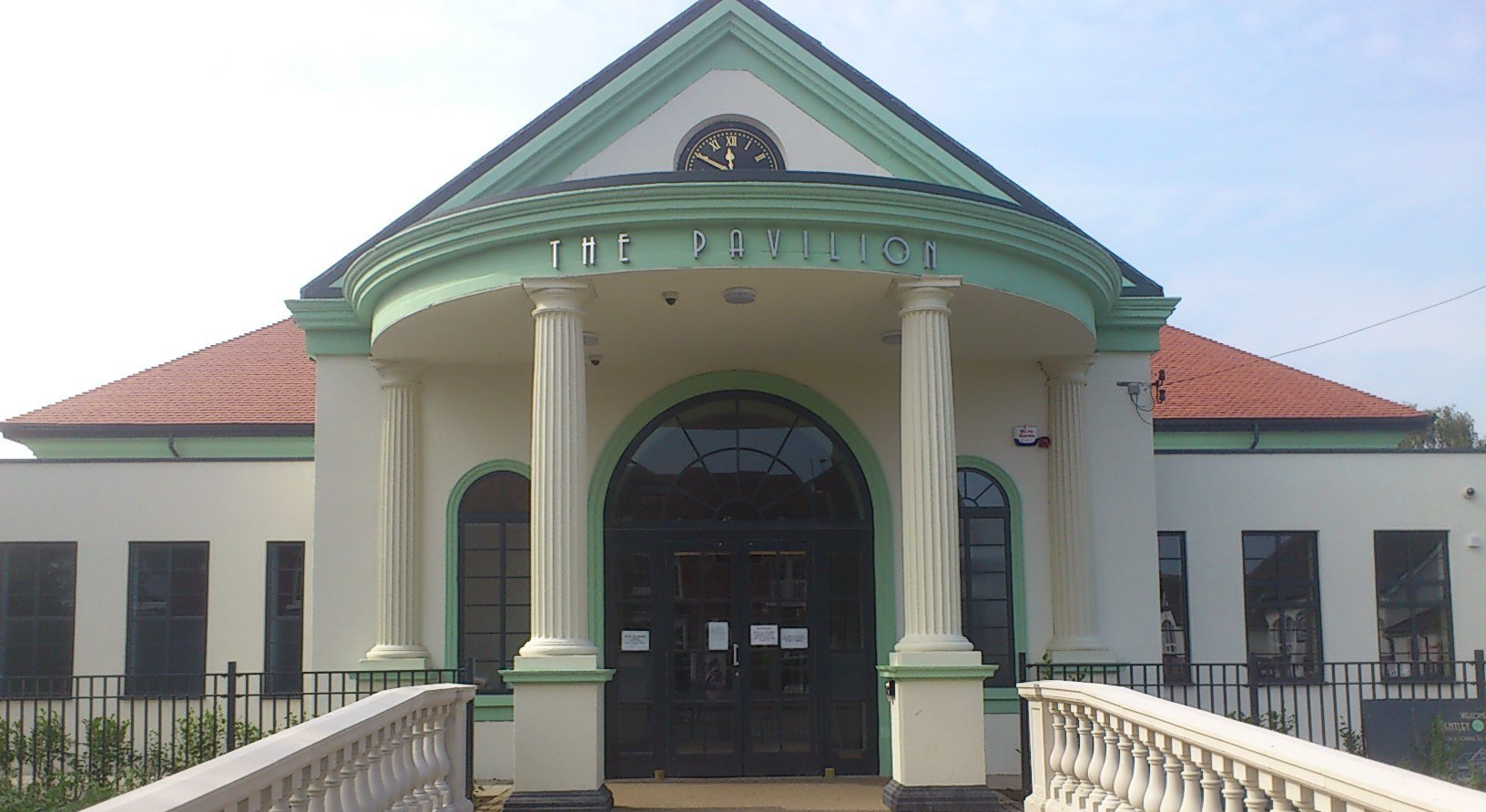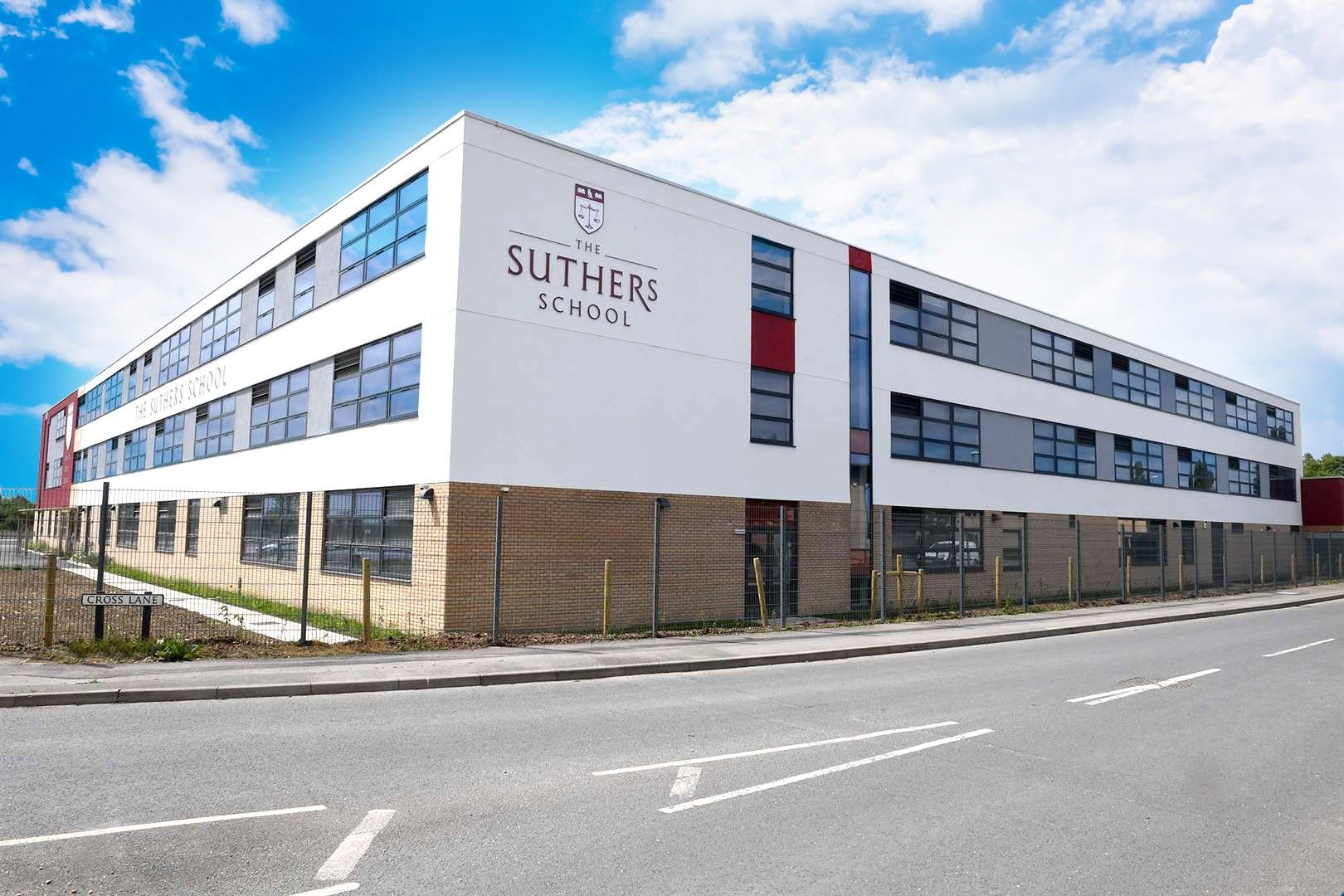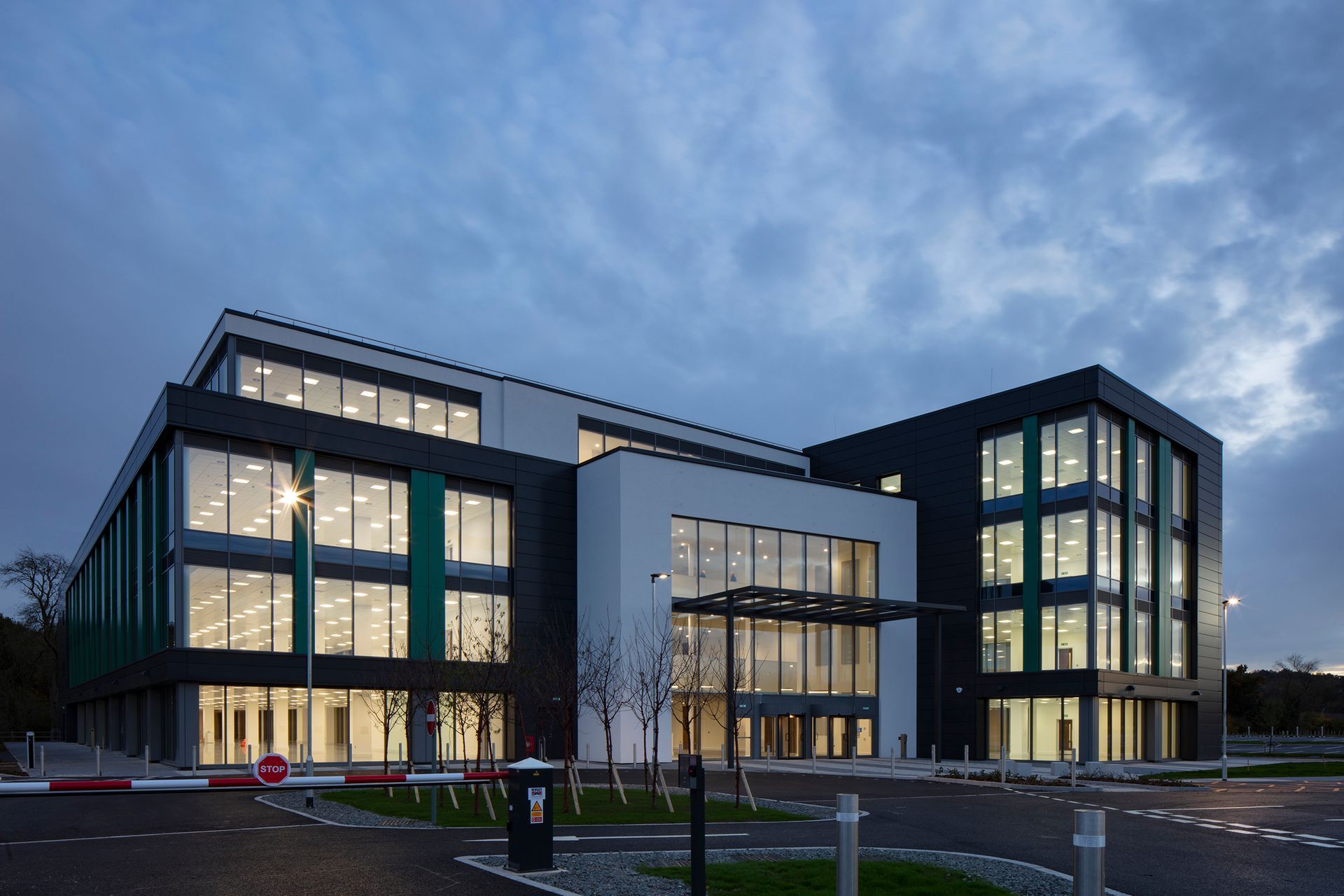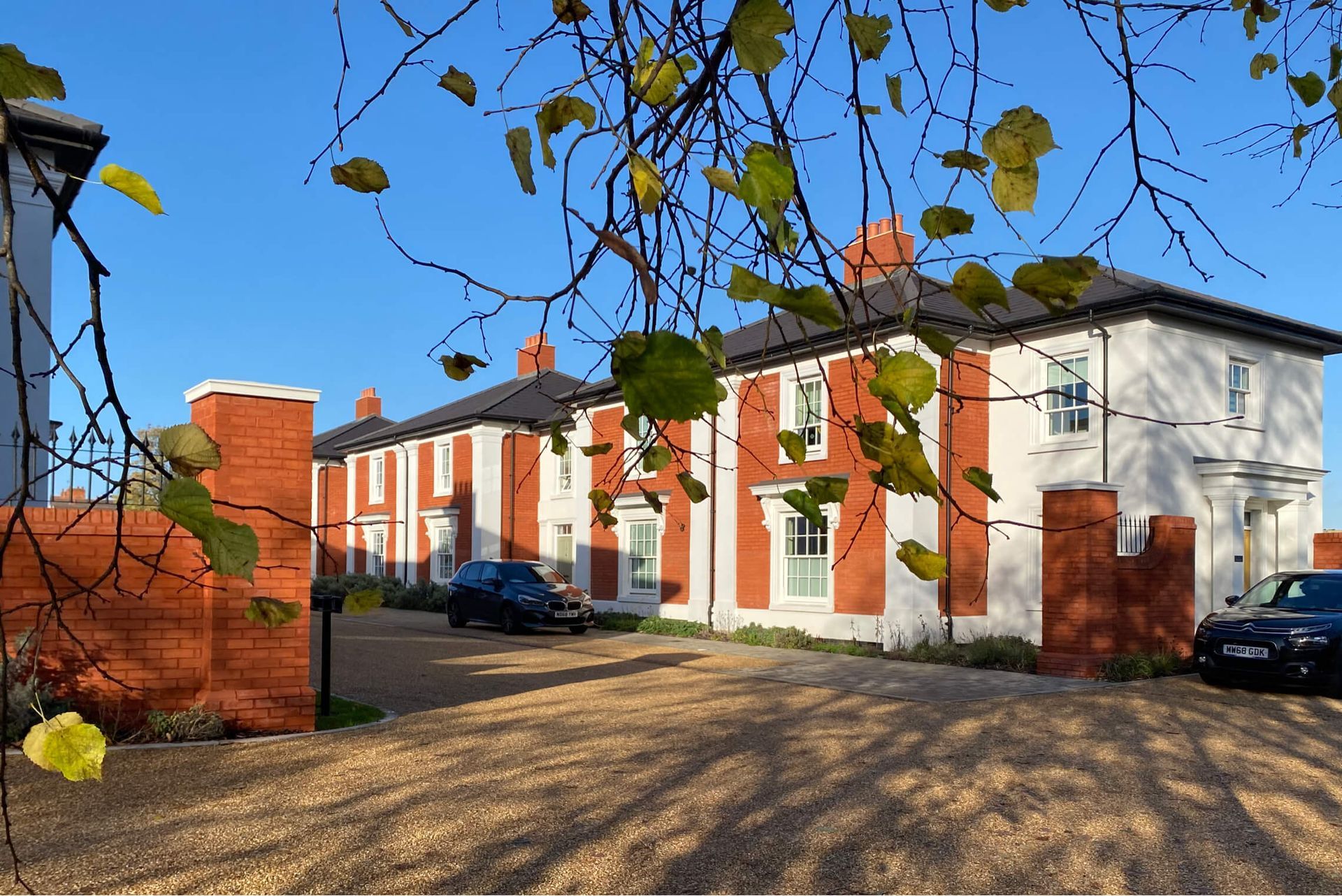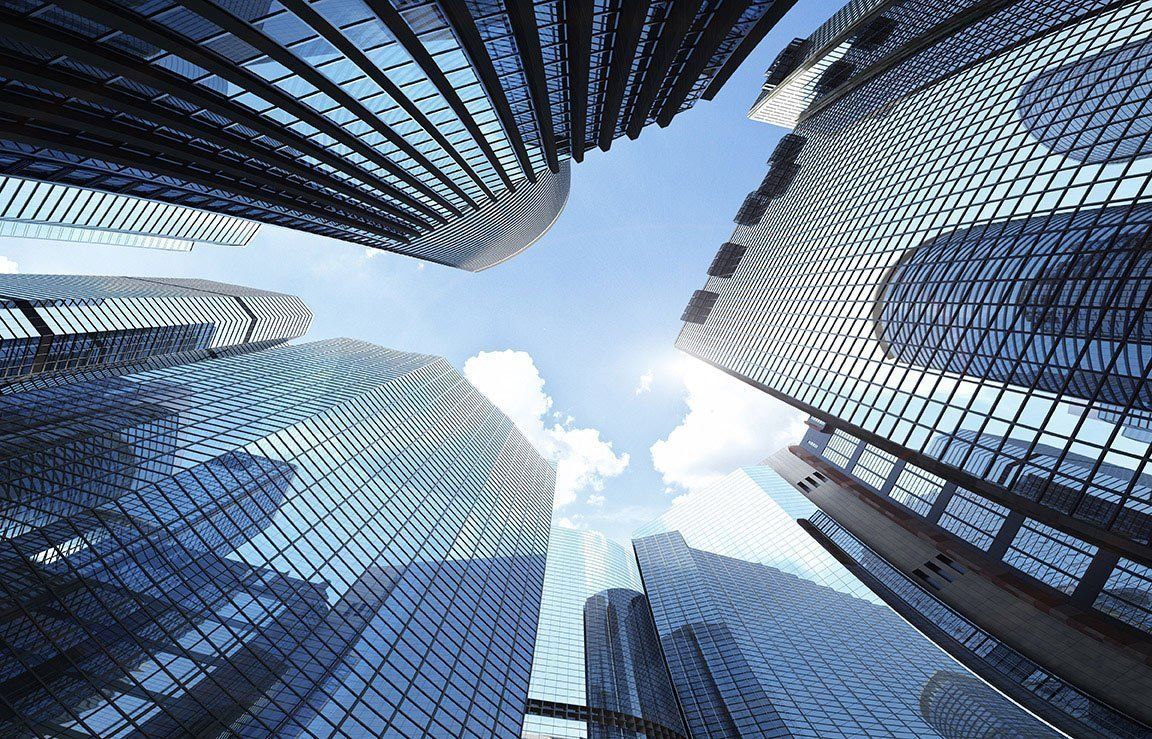Cladding
Rainscreen cladding protects the structure of the building from the elements, specifically
rainwater. The cladding panels form a barrier to rainwater, preventing it from penetrating across the rear ventilated cavity and reaching the exterior wall of the building.
This process is helped by air continually circulating up through the ventilated cavity, driving any moisture that penetrates between the panels, upwards and out at soffit level before it reaches the building structure.
Performance benefits
include:
- Better thermal efficiency
- Less maintenance required
- Reduced rust or corrosion on metalwork or spalling of masonry elements
Rear ventilated cladding systems are relatively lightweight meaning less loading on the underlying building structure. This allows savings to be made on foundations and internal supporting walls, both of which tend to be made from high embodied energy materials like masonry.
One of the biggest benefits of specifying rainscreen cladding is the almost limitless possibilities it provides in terms of aesthetics and making a visual impact. In addition, modern rainscreen cladding systems allow for individual panels to be removed, giving maintenance teams easy access to services. This ease of access means that upgrades or repairs to building services can be done cost effectively and with minimum disruption to occupiers.
Over cladding is an excellent way of modernising a tired looking building that may be structurally sound, but poorly insulated and unsightly. On the flip side, modern rainscreen cladding systems are lightweight and strong and because of that, they support the creation of innovative designs that appear to defy gravity. Rainscreen cladding system can help designers deliver visionary and innovative developments that really make your building distinctly different.
